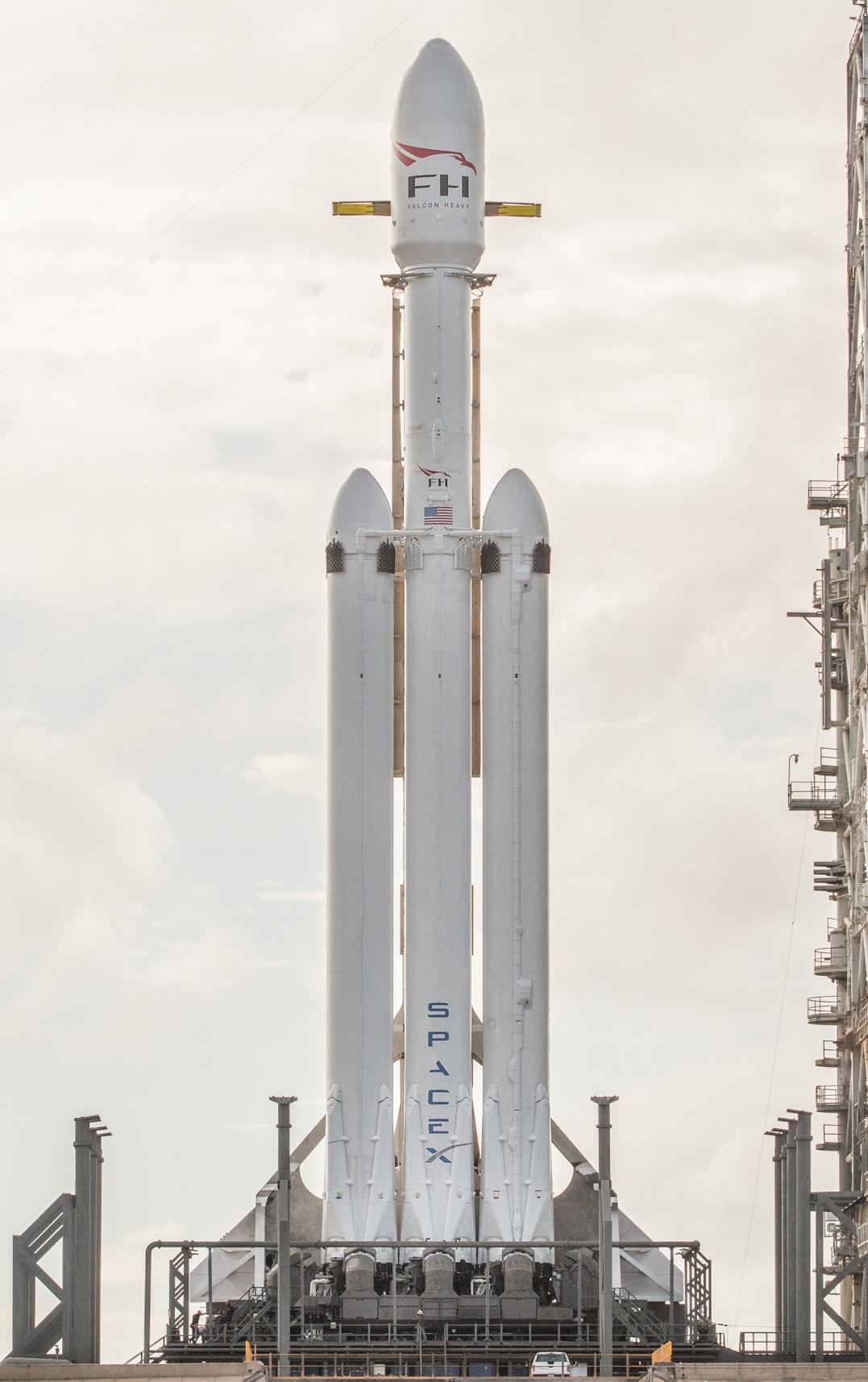I know, I know. This is exactly the sort of clickbait headline that e-Literate normally eschews. But bear with me, please.
Because my wife and I live in a rural area and are seriously thinking about going even more rural in our next phase of life, I have been researching rural broadband. I can learn to live with a long trip to the nearest real town, and I might even be able to learn to live with composting toilets. (Maybe.) But no broadband? No way.
So I’ve been researching the various trends in rural broadband. The short answer is that they do not look good. The economic incentives are not strong for either cable or phone companies to extend their networks. Could that change with Federal subsidization? Sure, to a degree, but only so much. And laying new cable or putting up new cell towers takes time. There’s a thing called “fixed wireless internet,” but it’s limited by line-of-site connections, so if you live in the mountains, then you can probably forget about it. Traditional high-orbit satellite internet connections are limited by really horrible latency, pretty much ruling out living in the Zoom world many of us have been inhabiting lately. I don’t see any of the usual suspects solving this problem at any time soon.
The next possibility is new low-orbit satellites. These are much, much closer to the ground than the internet/tv satellites of today, so that helps a lot with the latency problem. In fact, they may not be satellites at all. Google’s Alphabet parent company is looking at using balloons, while Facebook is researching high-flying drones.
Many of these efforts are still glorified research projects. But Elon Musk’s Starlink effort, which is currently operated by his privately owned SpaceX company, appears to be much further along. SpaceX has been launching satellites in batches of about 60 at a time. They are scheduled for their tenth launch this week, bringing their total close to 600 satellites launched so far. To put that in perspective, Musk thinks the minimum number of satellites for a commercially viable service is between 800 and 1,000 (though the company has filed with the FCC for permission to eventually launch 30,000). The company claims that once the service is operational it will provide gigabit speeds—for comparison, that’s ten times faster than my quite satisfactory cable broadband connection—and latency that’s certainly low enough for videoconferencing and will eventually be low enough for high-end video gaming.
Starlink claims it will be able to offer service to “Canada and the Northern United States” by “the end of 2020.” Obviously, even assuming that they meet their schedule, there’s a lot of ambiguity here. What does “Canada and Northern United States” mean? When exactly is “end of 2020”? The last article I linked to above claimed that the company will start accepting beta testers by the end of the summer.
There are significant technical hurdles that the company will have to overcome. First, Starlink hopes to compete in a Federal funding auction for $16 billion to apply toward rural broadband access, but they need to demonstrate that they can provide service with latency under 100ms. The FCC has expressed serious doubts about whether a satellite service such as Starlink can achieve this benchmark (which is significantly less stringent than the 8ms latency that Musk claims the service will eventually be able to achieve). The due date for that proof point is July 15th, so we’ll know very soon whether Starlink can cross that hurdle. Second, the receiver boxes needed by consumers for this service are very sophisticated and therefore expensive. The initial cost to build them could be in the $1,000 range, and Musk has said his goal is to get the cost down to $300 by 2023. None of that tells us how much they will actually cost consumers. First, since this is a subsidiary of a privately owned company, Musk has latitude to subsidize the costs. Second, particularly with the COVID situation, there could be considerable additional funding coming from the Federal governments (particularly after the election in the US). Musk is initially focusing on rural areas that don’t get broadband service, so a combination of subsidies to his satellite service for those areas and the more traditional providers for low-income families in areas that get traditional service could be a reasonable approach.
To sum up, while it is highly doubtful that SpaceX will provide a universal broadband solution for the US in time for the September start of the school year, it is not crazy to imagine that he could provide a technically practical solution over the course of the next school year that could be made affordable to rural students via government funding and subsidization by the company. Needless to say, this could be a game-changer for online learning. It’s just one piece of the equity problem, even if it’s universally available and affordable. But it would be a big step in the right direction. And I don’t see any other plausible solution candidates in the near term.
We will be reaching a major proof point in about a week.

I really hope this works, Michael.
For around 20 years I’ve been studying and working on rural broadband as part of the digital divide. It’s been heartbreaking to see how deeply and chronically the problem has persisted.
I hope Starlink does it. (Ever used traditional satellite? Egas.)
Bryan, you were the very first person I thought of with this post! I too am in a very rural area. Fortunately we have broadband via cable modem, but it’s expensive, and the wireless is spotty at best! Buffalo has great faith in Elon Musk, I hope he pulls it off!
This is a major failure of deregulation–communications providers got to leave rural customers behind. Let’s hope Musk and the FTC both get to work on this.